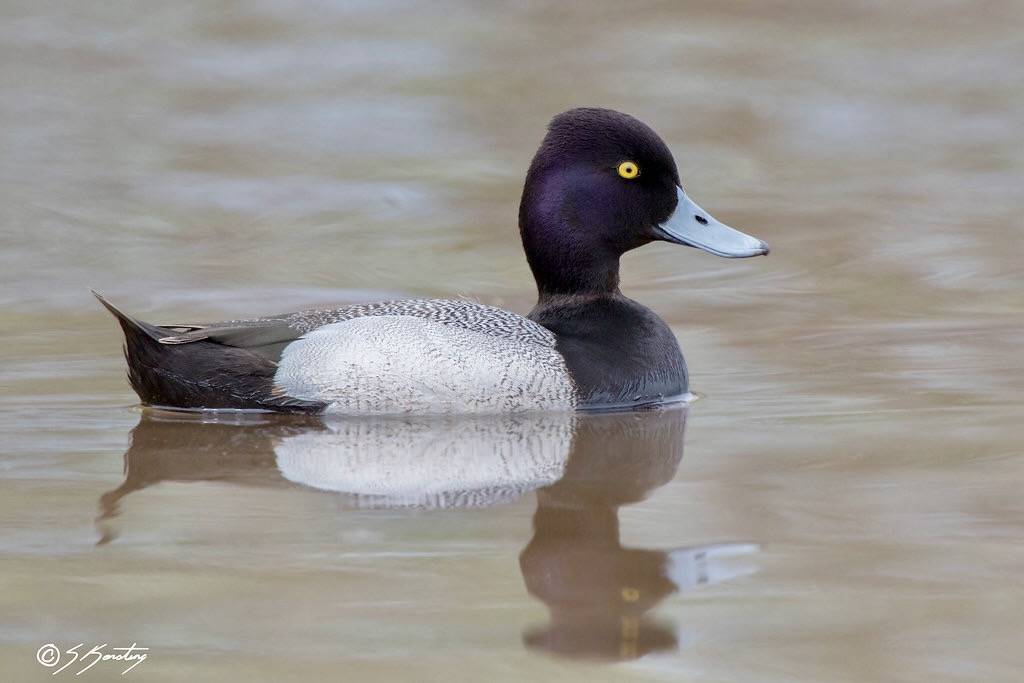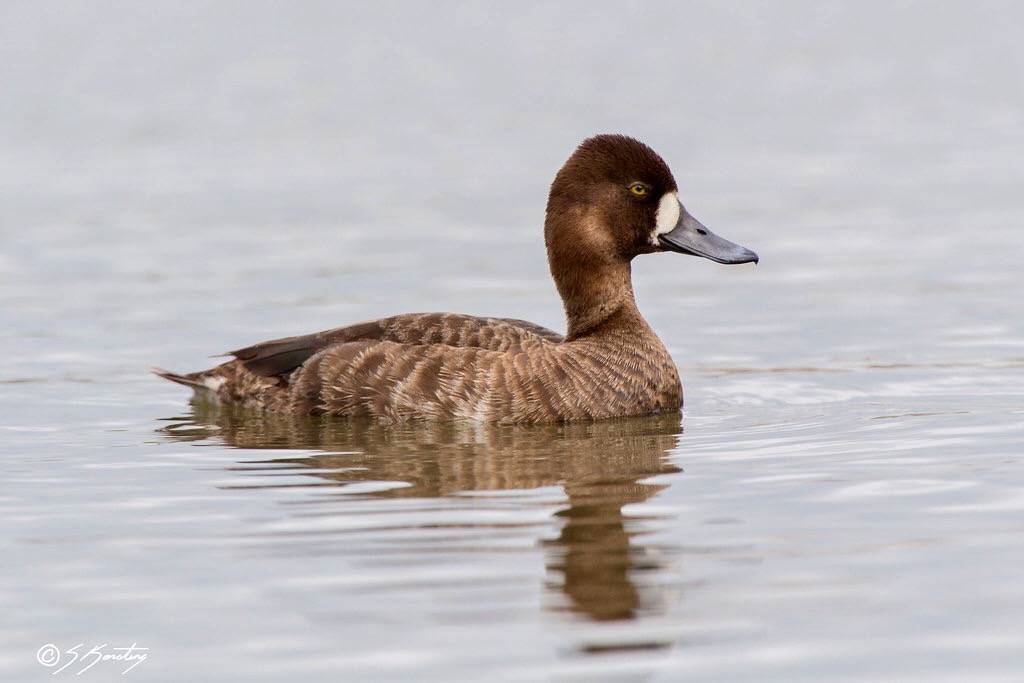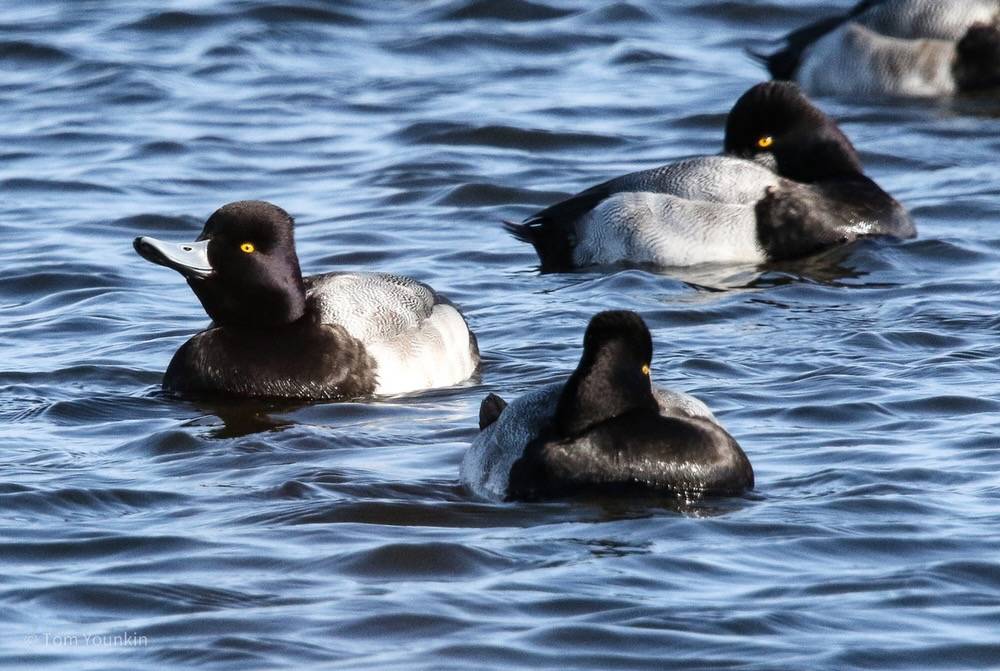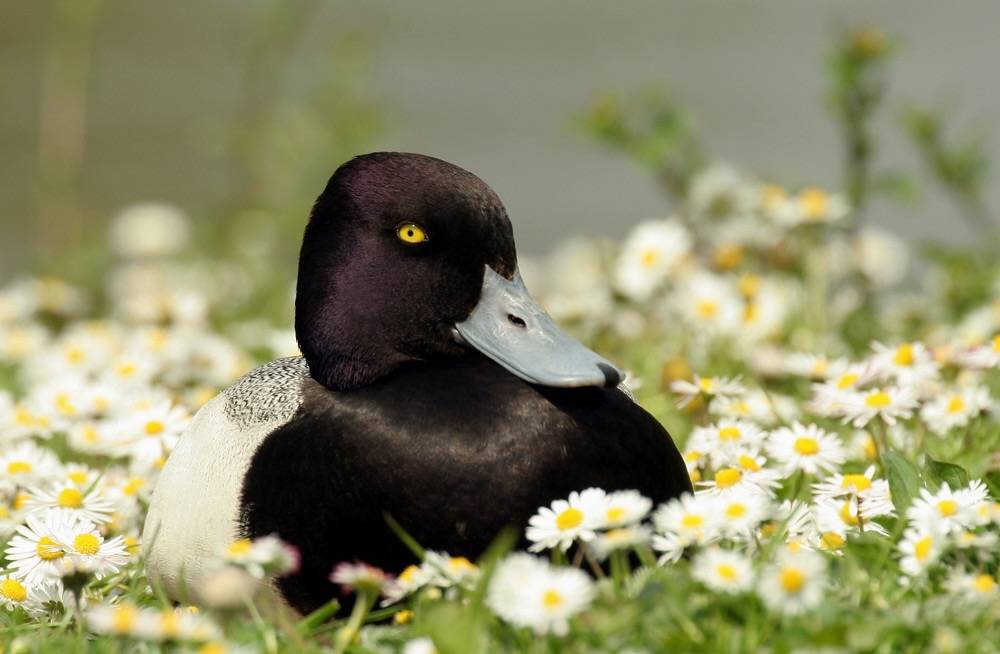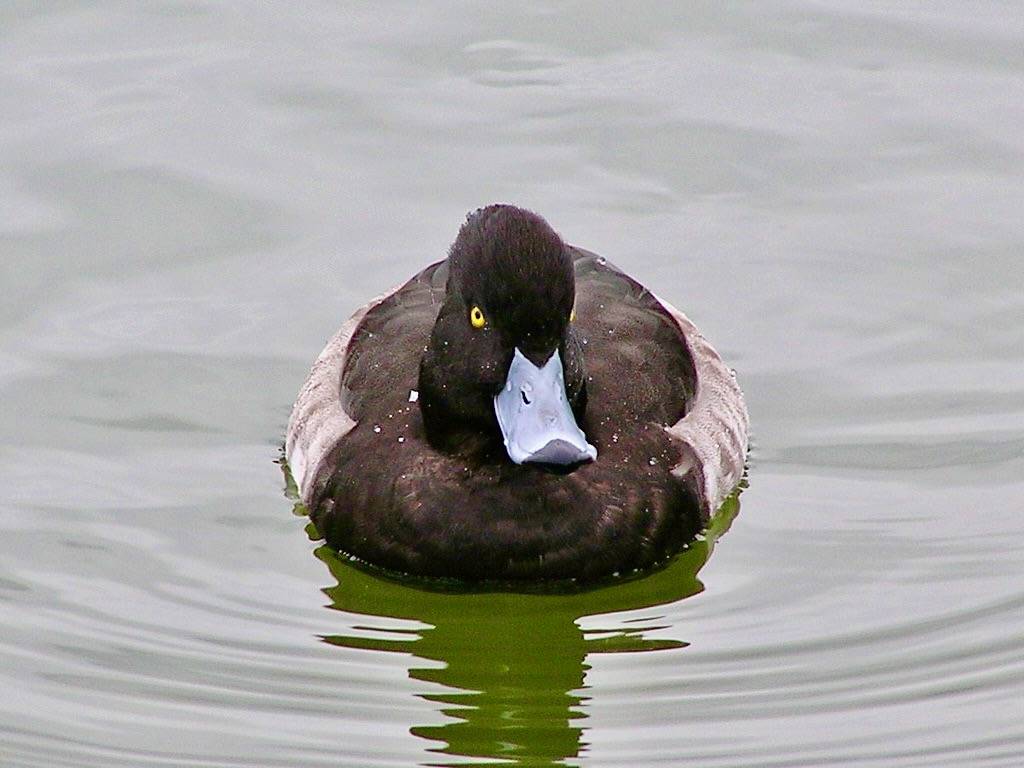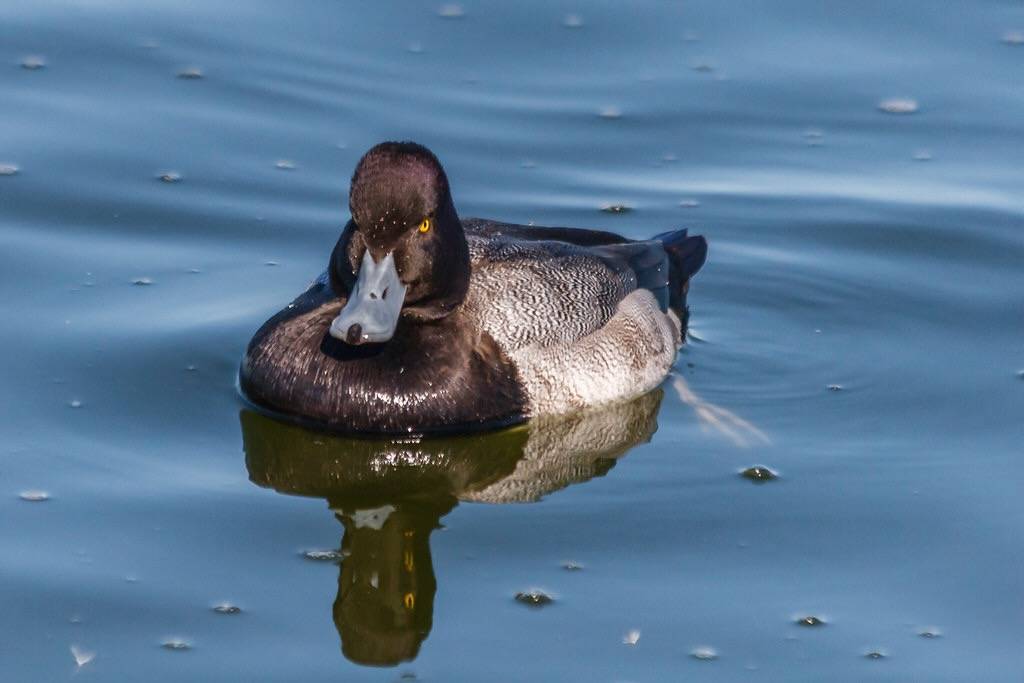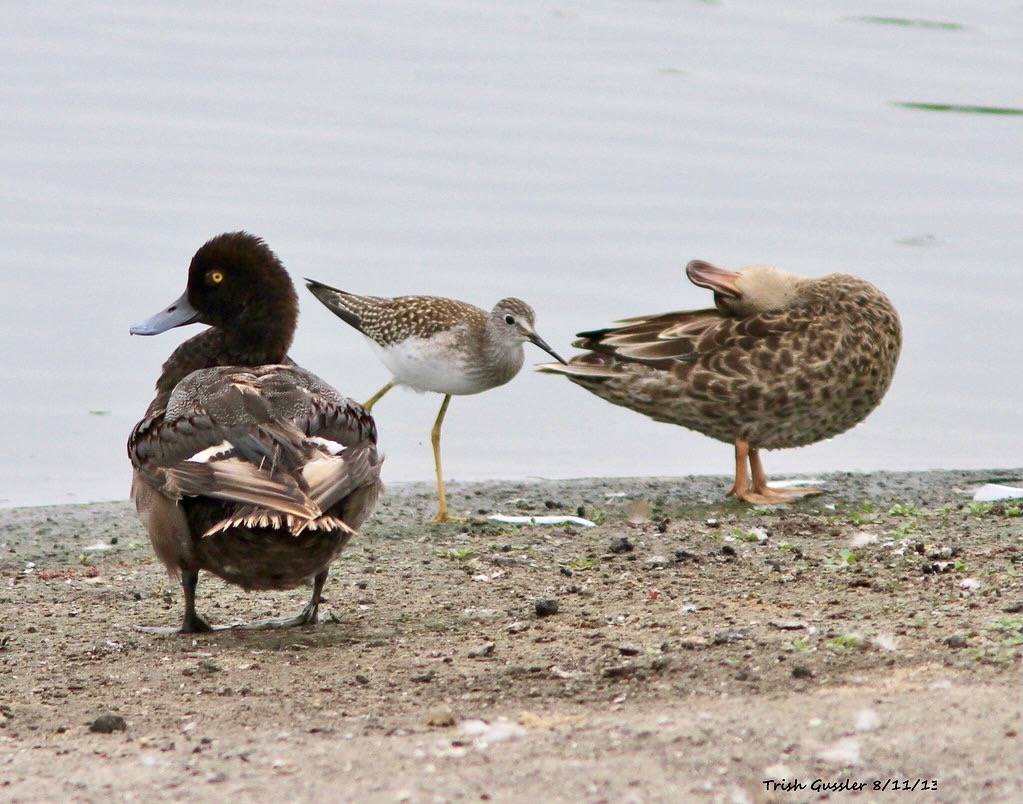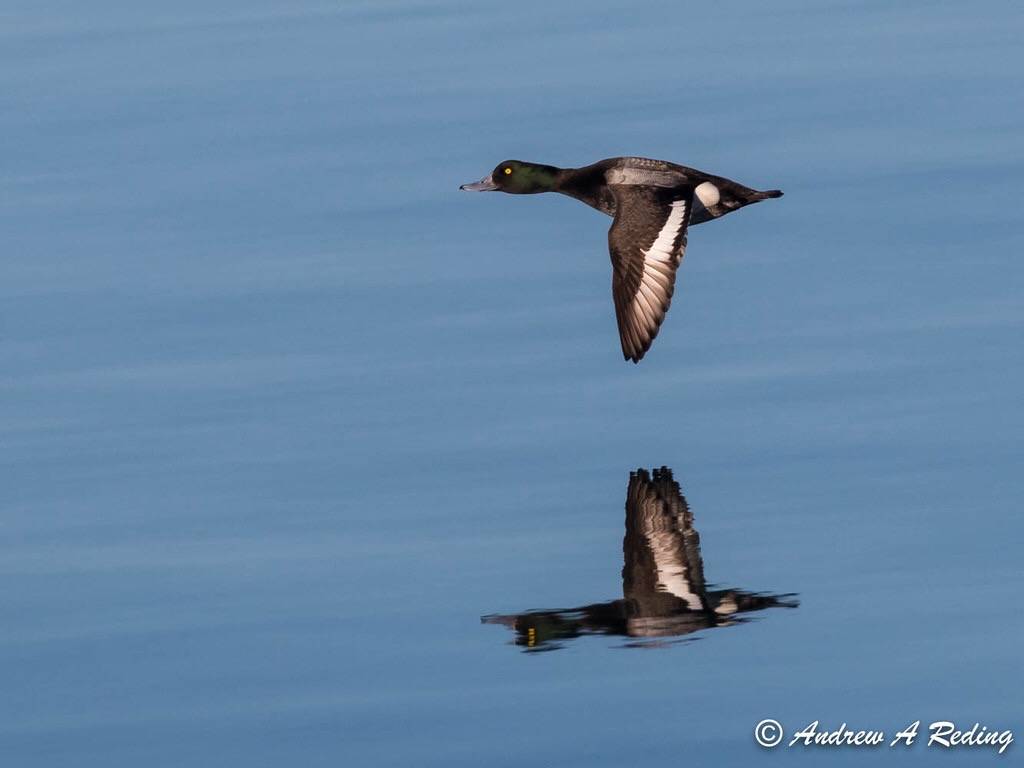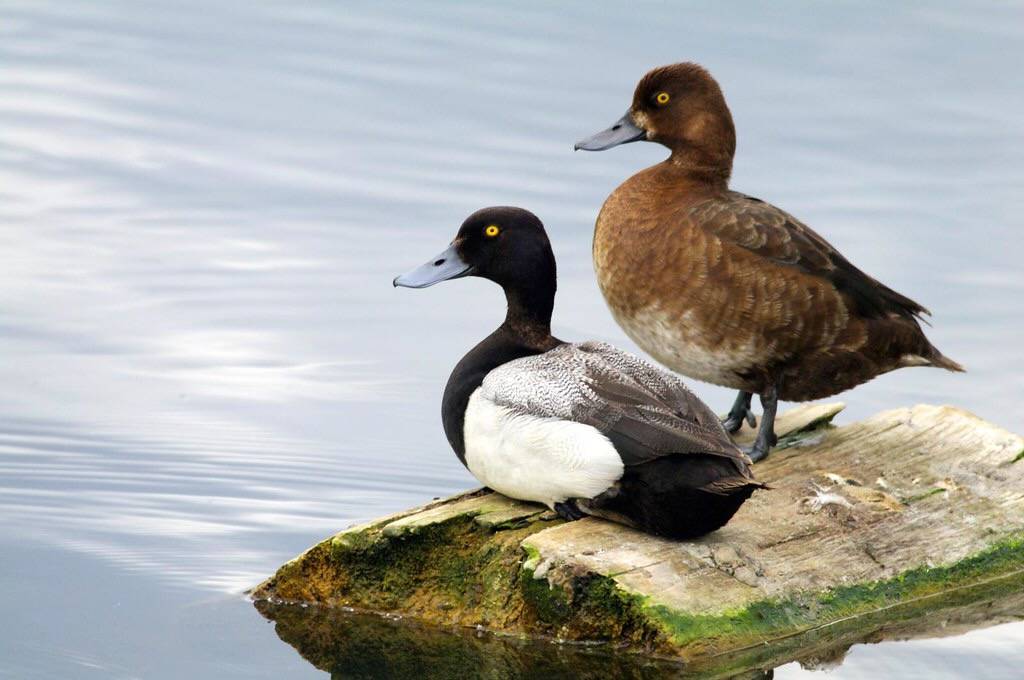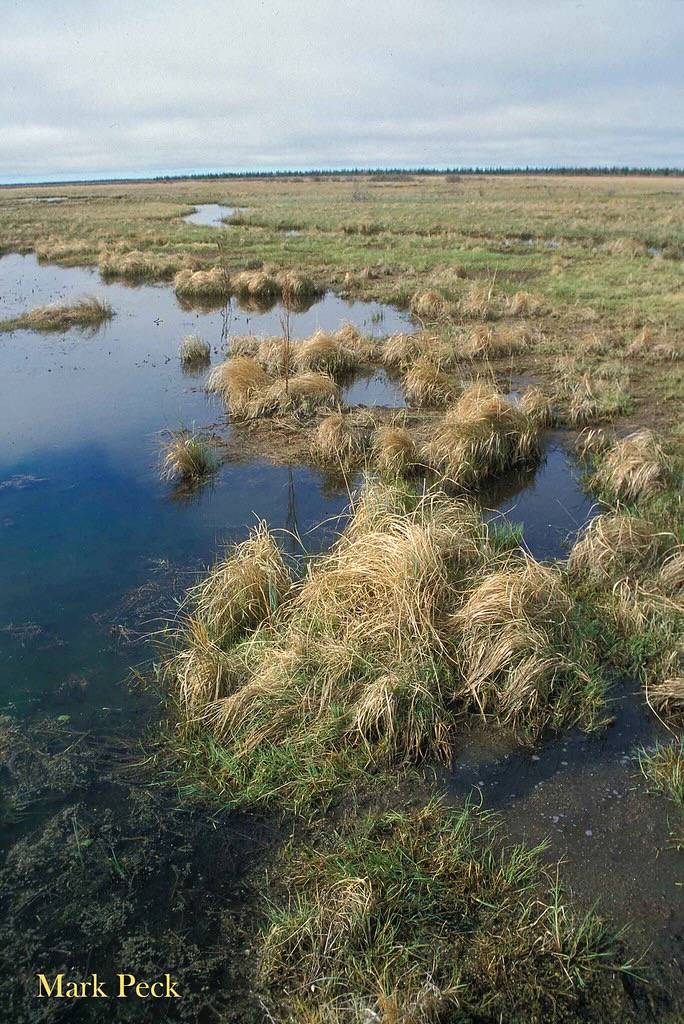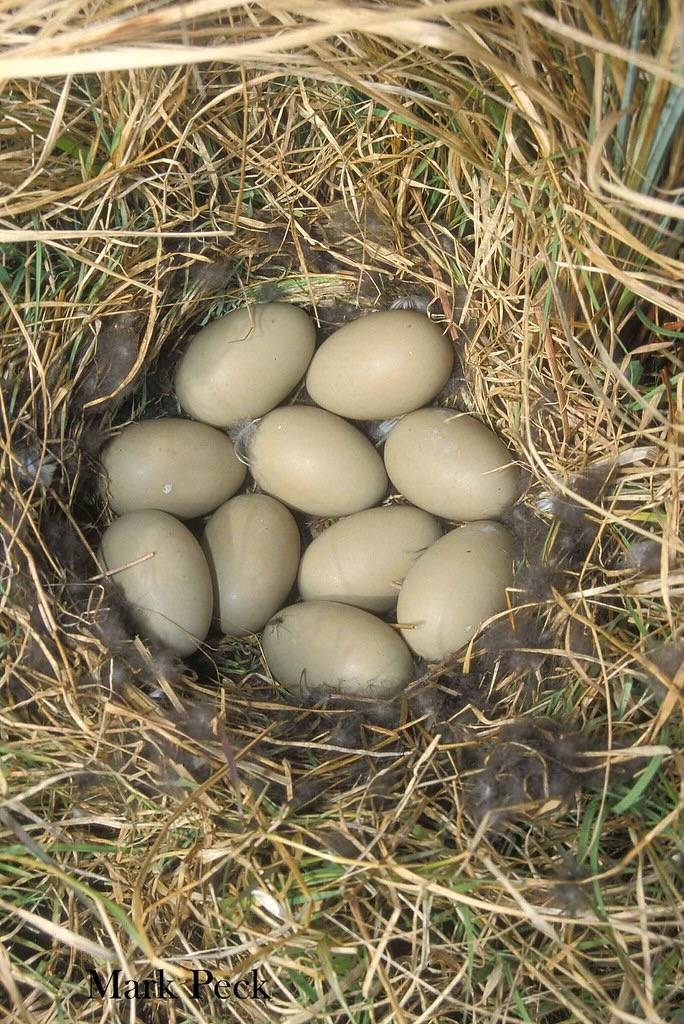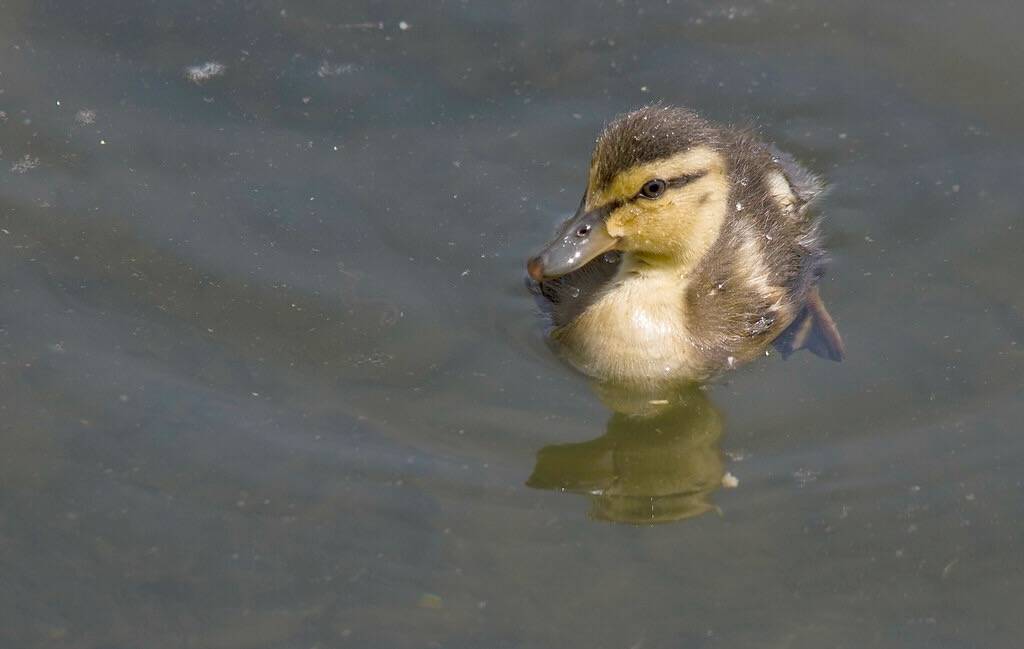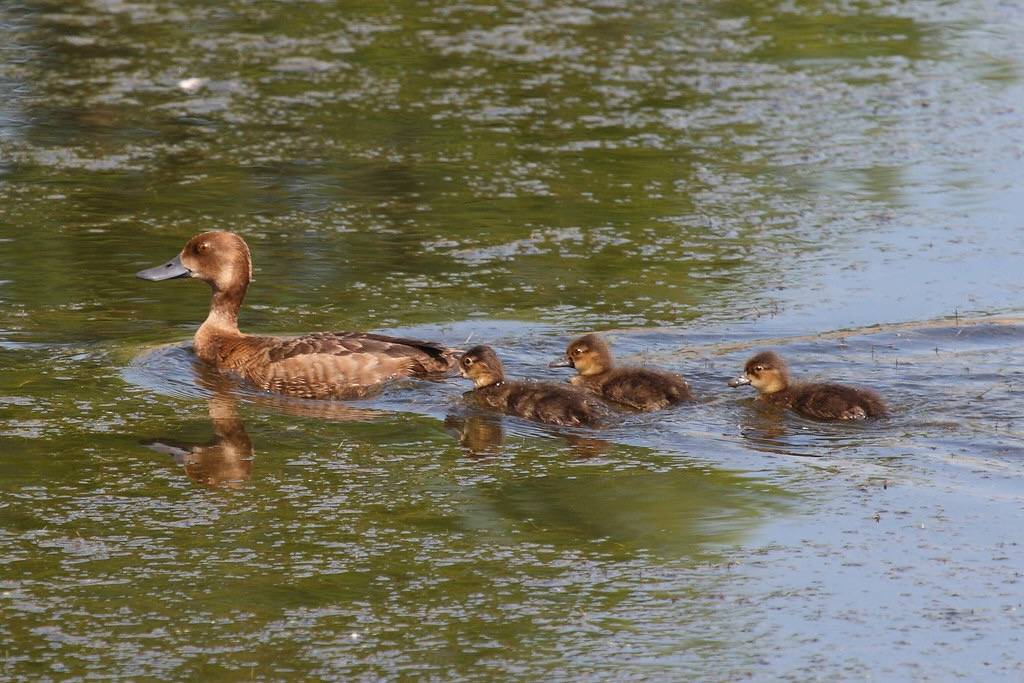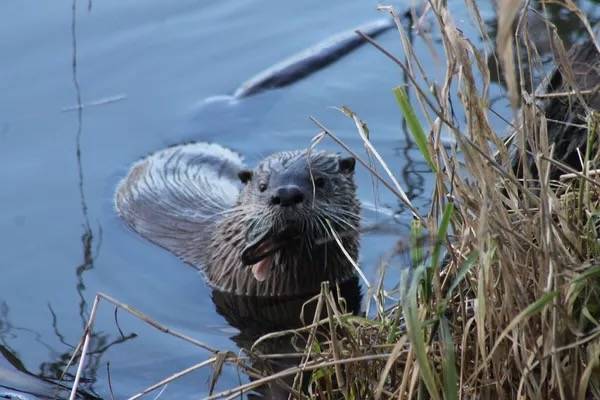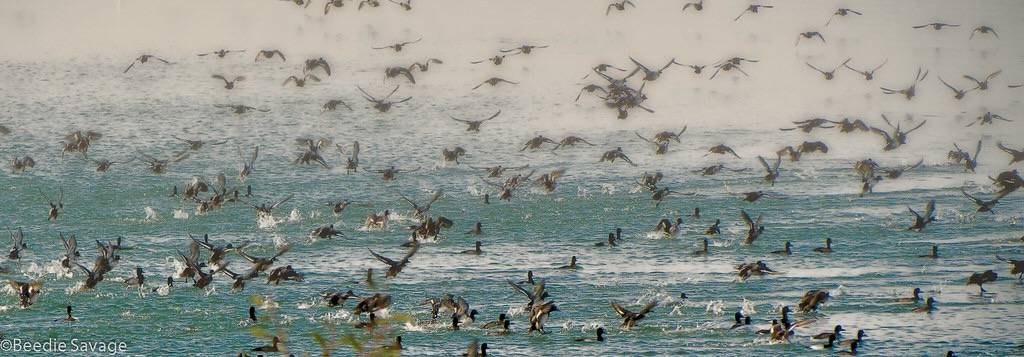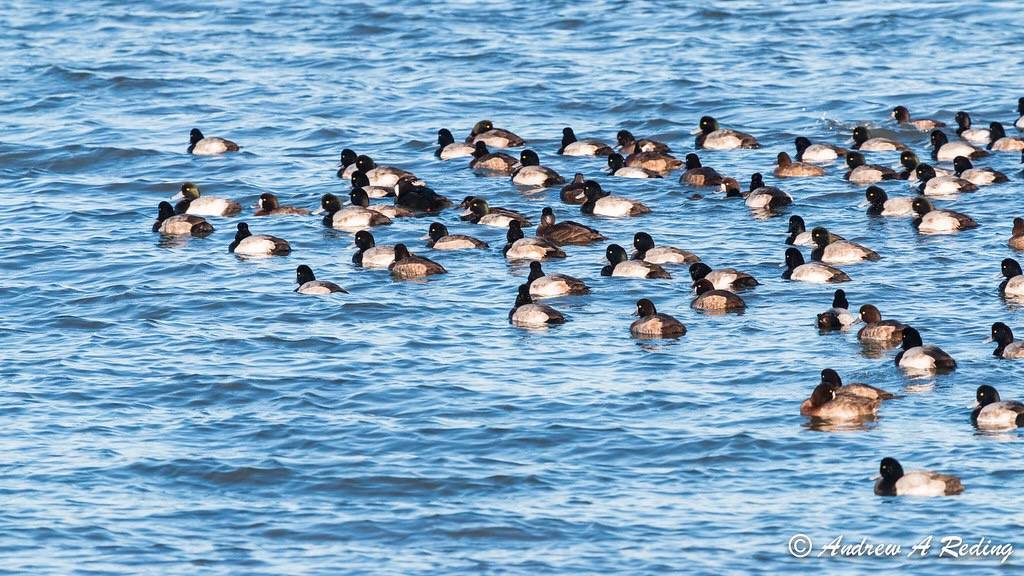Lesser Scaup
The Lesser Scaup was first recorded at Salter Grove in January 2021 and then again in January 2022. When direct comparison is not possible, it can easily be mistaken for the Greater Scaup because the two species look very much alike. Sightings of "Greater/Lesser Scaups" recorded by even experienced birders attest to the rather subtle differences between the two Scaups, especially when individuals can only be seen at a distance.
Both species have a blue bill but the Lesser has a narrower bill with a small black nail at the tip while the Greater has a somewhat wider bill and the black nail is larger. The Lesser has cross-hatched feathers on its back that continue down its side to the water line while the Greater has a contrasty white flank.
In profile, the Lesser has an egg-shaped head with a peak towards the back of the head, whereas the Greater's head is rounded with a slight peak towards the front. In the right light, the Lesser has a purplish sheen on its head whereas the Greater has a greenish sheen.
The Lesser Scaup breeds in the wetlands and freshwater lakes of Alaska, the interior of Canada and the upper Midwest of the United States. It tends to winter in freshwater habitats from the Canadian-United States border south to Central America and some Caribbean Islands.
The Lesser Scaup has been the most abundant diving duck in North America. However, its numbers started to fall in the 1980's and has currently reached an all time low. Hunting is probably not an issue but rather factors that affect its reproductive success. It feeds primarily on filter-feeding mollusks that concentrate heavy metals like selenium, and harmful chemicals like DDE, and PCB. It is also possible that warming trends have affected food supply on its northerly breeding grounds.
For more information:
https://www.allaboutbirds.org/guide/Lesser_Scaup
https://www.audubon.org/field-guide/bird/lesser-scaup
https://en.wikipedia.org/wiki/Lesser_scaup
http://www.biokids.umich.edu/critters/Aythya_affinis/
https://www.bsc-eoc.org/library/BWCfa06scauparticle.pdf
https://www.audubon.org/news/greater-or-lesser-scaup-here-are-biggest-differences-between-two

